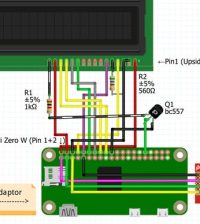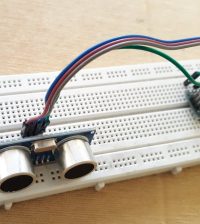- makeITcircular 2024 content launched – Part of Maker Faire Rome 2024Posted 2 weeks ago
- Application For Maker Faire Rome 2024: Deadline June 20thPosted 2 months ago
- Building a 3D Digital Clock with ArduinoPosted 7 months ago
- Creating a controller for Minecraft with realistic body movements using ArduinoPosted 7 months ago
- Snowflake with ArduinoPosted 8 months ago
- Holographic Christmas TreePosted 8 months ago
- Segstick: Build Your Own Self-Balancing Vehicle in Just 2 Days with ArduinoPosted 8 months ago
- ZSWatch: An Open-Source Smartwatch Project Based on the Zephyr Operating SystemPosted 9 months ago
- What is IoT and which devices to usePosted 9 months ago
- Maker Faire Rome Unveils Thrilling “Padel Smash Future” Pavilion for Sports EnthusiastsPosted 10 months ago
AMD places hopes for machine learning and moneymaking in GPUopen

Upon the project’s official launch, Nicolas Thibieroz, senior manager of worldwide gaming engineering at AMD, described GPUOpen’s three main goals: Allow developers to exert more control over the GPU; use open source software to drive the development process; and collaborate with the developer community via open source. Outwardly, it sounds like the usual goodwill gestures employed by proprietary companies trying to build bridges with modern, open source-driven development communities. AMD’s plan is to allow GPU and CPU applications to be written using a single C11 or C++11/14 set of libraries using a specially designed compiler (the Heterogenous Compute Compiler, or HCC). The compiler and its supporting software would be open source, as would future projects in the same vein — such as the Lightning Compiler, a new compiler stack based on LLVM. Nvidia also uses LLVM for its own CUDA compiler, but key pieces of the Nvidia CUDA stack remain closed source. Also, AMD boasts it can cross-compile for Nvidia’s stack as well as its own, thus reducing the reliance on any one stack, although it’s not clear what performance penalties might arise.















